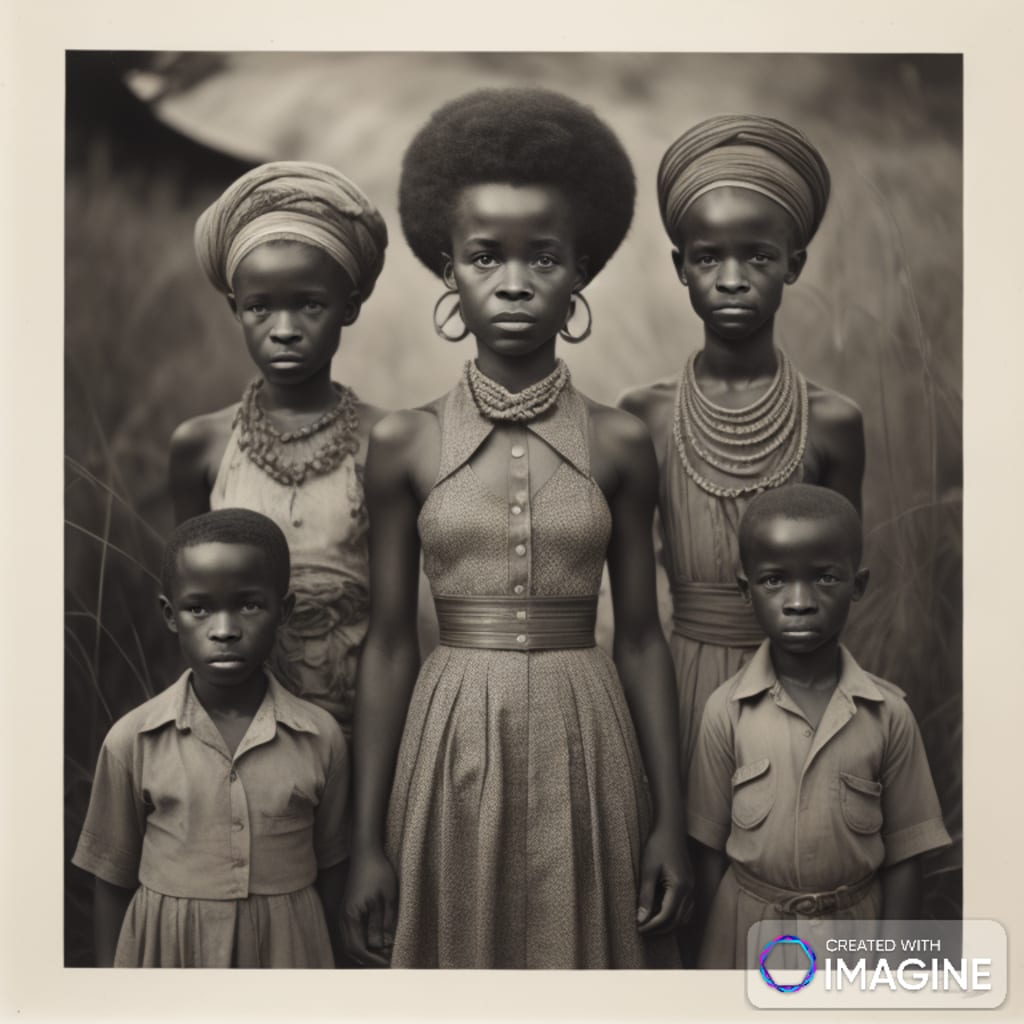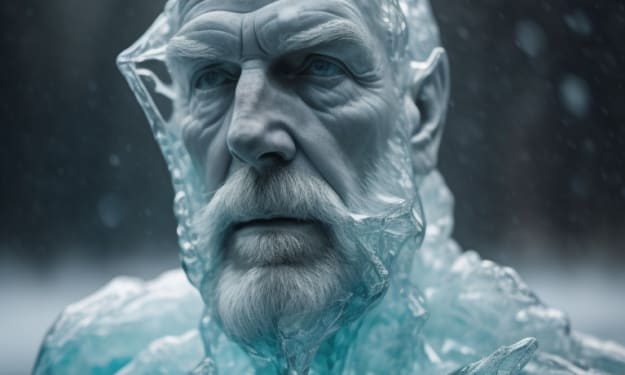
In 1994, the nation of Rwanda was plunged into a harrowing abyss of mass murder and unimaginable violence that would reverberate for years to come. Over a span of 100 days, this African country was engulfed by a catastrophic wave of brutality, leading to the deaths of more than one-tenth of its population. However, the roots of this horrific conflict stretch back a century, tracing their origins to the arrival of colonial powers on Rwandan soil.
At the dawn of colonization, Rwanda was ruled by a Tutsi monarchy within a diverse demographic tapestry comprised of three main ethnic groups: Tutsi, Hutu, and Twa. These ethnic identities, though existing alongside harmonious relationships, were harnessed by colonial powers as tools of division and manipulation. German and Belgian colonizers wielded their influence to entrench a narrative that cast Tutsi as an elite ruling class and Hutu as common farmers. This insidious propaganda, reinforced by record-keeping tied to ethnic identities, sowed the seeds of discord that would burgeon over time.
Although the colonial powers had withdrawn by 1959, their legacy of division lingered, igniting a Hutu uprising that compelled many Tutsi leaders to flee. This marked the inception of Rwanda's transition into an independent republic governed by a Hutu administration. The new regime advocated for the exclusive empowerment of the Hutu majority, asserting their claim to political dominance based on sheer numerical strength. The Tutsi minority was systematically excluded from positions of power through population-based appointments, further exacerbated by the prohibition of the return of Tutsi families that had sought refuge elsewhere.
Fueling this exclusion was the dissemination of Hutu extremist propaganda that scapegoated the Tutsi population for Rwanda's societal ills. Against this backdrop, a small faction of Tutsi insurgents initiated an invasion of Rwanda in 1990, sparking a protracted and violent civil war. The conflict, spanning three years, eventually culminated in a formal peace agreement, but its aftermath was plagued by deep-seated insecurities and exacerbated political polarization. The tinderbox was primed, and in 1994, the assassination of the Hutu Rwandan president precipitated an explosion of violence unlike any witnessed before.
During this tragic period, government-funded Hutu militias were unleashed upon the streets, systematically targeting Tutsi political opponents and civilians. A meticulously compiled list of targets guided their path of destruction, marked by a ruthless campaign of physical and sexual violence. The ensuing chaos saw over a million Hutu civilians coerced, terrorized, or manipulated into joining the ranks of the perpetrators. As Tutsi victims sought refuge in churches and schools, they clung to the hope that international intervention would protect them. However, this hope remained unfulfilled, as UN soldiers withdrew and the international community remained largely indifferent to the unfolding genocide.
It was only when the Tutsi army, who had initiated the prior civil war, gained control of Rwanda that the carnage finally abated in mid-July. The aftermath was a stark tableau of devastation—nearly 800,000 lives extinguished, and the Tutsi population decimated. The task of bringing the perpetrators to justice was monumental, with complexities ranging from logistical challenges to the sheer magnitude of those involved.
The UN established a special tribunal in Tanzania to prosecute key perpetrators, but the scope of the genocide extended far beyond these individuals. Hutu civilians from all walks of life had committed acts of unspeakable brutality, leading to a staggering backlog of roughly 120,000 Rwandans awaiting trial. In a nation grappling with the enormity of the task, officials grappled with a daunting realization: the path to justice lay in the pages of history.
Drawing inspiration from Rwanda's traditional conflict resolution mechanism called gacaca, a process embedded in the concept of "justice on the grass," the government adapted this approach to their formal legal system. Gacaca had long been employed to address local disputes, with witnesses offering testimony and lay judges determining penalties within the community's confines. By adapting this approach to the post-genocide era, Rwanda sought an expedited process, with hybrid trials characterized by the absence of professional attorneys or judges, relying solely on oral testimony and case files.
These unconventional trials were divided into four categories based on the nature of the crimes committed. While the trials offered a swifter alternative to traditional courts, their efficacy and impact varied among Rwandans. Some hesitated to accuse their neighbors in a communal setting, and the atmosphere often stifled potential witnesses due to intimidation. Additionally, while the trials underscored the non-participation of all Hutus in the violence, they solely addressed cases involving Tutsi victims, sidelining the Hutu casualties resulting from the genocide and the prior civil war.
The final gacaca trials concluded in 2012, resulting in the conviction of around 1.7 million individuals. The verdicts brought a semblance of dignity to the victims' families, offering a modicum of closure amidst the lingering scars of the past. For others, the trials served as a decade-long reminder of a traumatic history, a chapter they yearned to distance themselves from.
In the aftermath of this tragedy, Rwanda's journey towards healing and reconciliation is a testament to human resilience and the quest for justice. The horrors of the genocide will forever serve as a solemn reminder of the darkness that can emerge from the divisions sown by colonial powers. Yet, Rwanda's innovative approach to justice, blending traditional mechanisms with modern adaptations, highlights the capacity of a society to reckon with its past and chart a course towards a more inclusive and united future.
About the Creator
GoLow
Delving into Weird Science, Mysteries, and the Unknown. From unexplained phenomena to unsolved mysteries, we'll dive into the fascinating world of the uncharted and unusual.






Comments
There are no comments for this story
Be the first to respond and start the conversation.